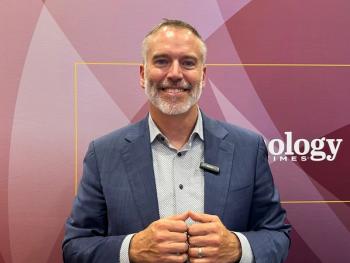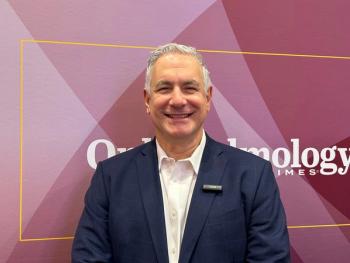
Details key to increasing patient volume, maintaining ophthalmic business
Reimbursements for ophthalmic practices are steadily declining while costs are going ever higher, leaving practices scrambling as never before to find new sources of revenue and ways of cutting costs. But unless these goals are approached wisely they can lead to stress among both staff and doctor.
Key Points
Farmington, MO-Reimbursements for ophthalmic practices are declining steadily while costs are going ever higher, leaving practices scrambling as never before to find new sources of revenue and ways of cutting costs. Unless these goals are approached wisely, they can lead to stress among both staff and doctor, according to John Fitz, MD, founder of Physician Eye Care in Farmington, MO, and a fellow of the American College of Surgeons.
"In most of our practices the low-hanging fruit has already been exploited," Dr. Fitz said. "So the question is, how do we survive in this environment?"
Additional services
"I can't tell you the number of people I've had come in with eyelid skin hanging over their eyelashes, and when I mention it to them and say it might be covered by Medicare, the next thing I know I'm doing surgery on them," Dr. Fitz said.
Diagnostic services, such as glaucoma, retina, and refraction, should also be considered. IOL upgrades are a popular service, but practices should approach them with caution, Dr. Fitz said.
"The prerequisite is that you have to do particularly good surgery," he said. "The patient generally has to be 20/25 or better in distance. You must be willing to manage astigmatism."
Educating staff members in the procedure is crucial.
"This is a lot of extra work for staffs, and if they're not on board with it they're going to do silent sabotage," Dr. Fitz said.
Patient education is equally important for successful use of IOLs.
"Patients think they will have perfect vision, so you've got to educate them as to what these can and can't do," he said. "I want to make sure they know what they are getting and they are happy with it."
Education takes time, however, which physicians themselves do not always have. Other methods of providing information to patients are mailings, educational brochures in the office, and through the technician doing the patient's workup.
"A lot of times patients are more comfortable talking to your staff than to you, so if they can answer questions, it's a good thing," Dr. Fitz said.
Optical coherence tomography is another service worth considering.
"It pays for itself very quickly, because it can be used in many different ways," Dr. Fitz said. "If someone comes in with a little blip in the grid that's new, this will let me figure out if something's changed. If my postop cataract patients still aren't seeing right I can use it to find out what's going on."
Adding services is not the only way to increase patient traffic, Dr. Fitz said. An often-overlooked method is being visible among the community's physicians.
"You need to maintain your hospital staff affiliations, you need to go to your quality assurance meetings so that you interact with your peers," he said. "You can actually help your practice a lot by being friendly to your fellow MDs and osteopathic physicians in your community."
Patient relations
Strengthening recall practices can help bring in patients. Dr. Fitz described the experience of a practice, which used its automated phone system to contact patients who hadn't been seen in 3 years or more. Of the 1,000 people contacted, 250 made appointments. Dr. Fitz said he personally reviews the chart of every no-show patient.
"If they are a glaucoma or cataract patient we call them and bug them," he said. "It improves patient care and it keeps patients in your practice."
The importance of being nice to patients and treating them as individuals is often overlooked, Dr. Fitz said.
"Every doctor thinks they are being nice, but then you see they have their back turned to the patient while they're scribbling in the chart," he said. "That's not what patients want."
Dr. Fitz makes notations about patients' personal lives on their charts so that he can chat with them.
"It doesn't take very long, but it gives you a human touch," he said. "We are in a people-service business."
Newsletter
Don’t miss out—get Ophthalmology Times updates on the latest clinical advancements and expert interviews, straight to your inbox.



















































.png)


